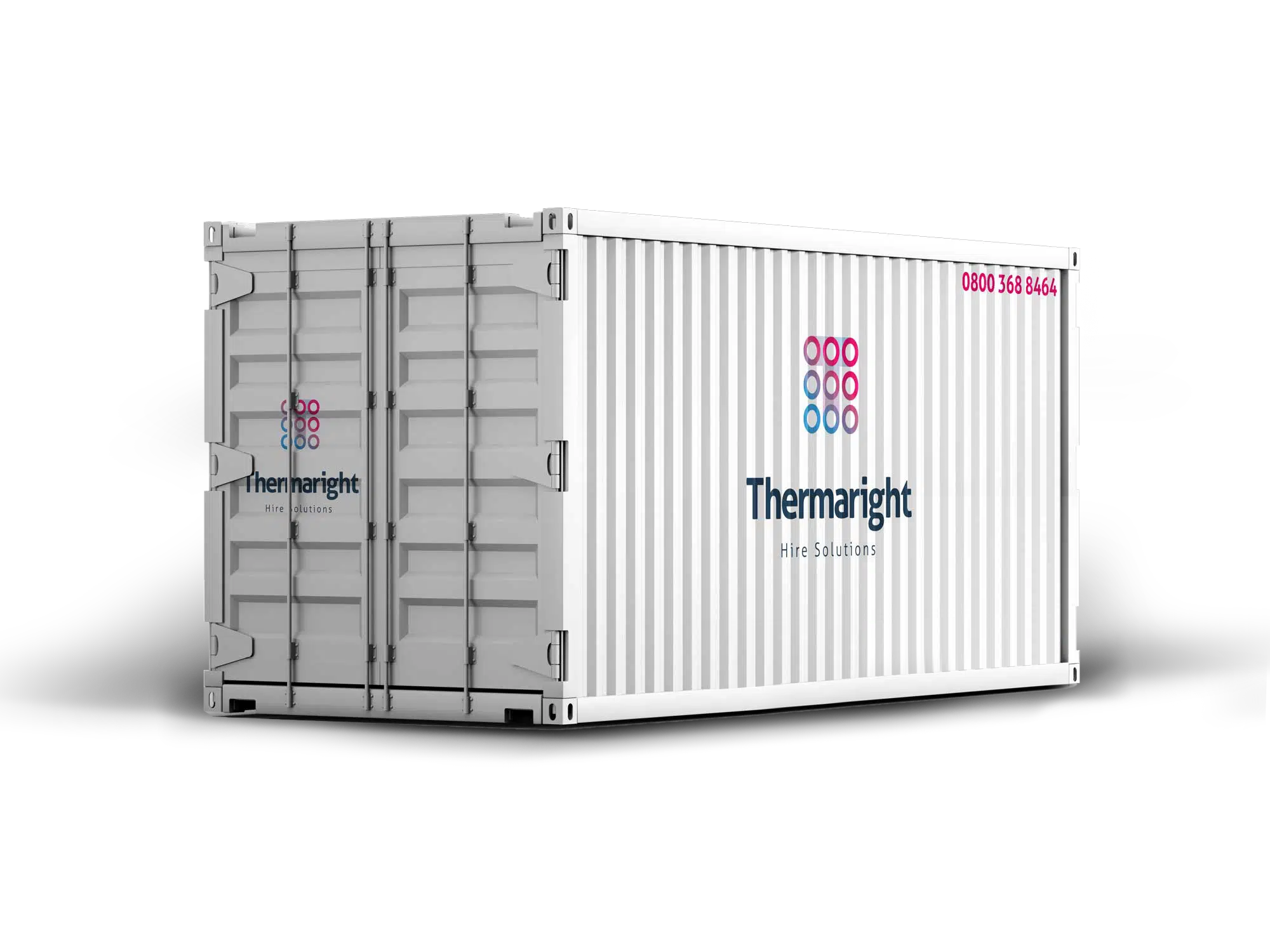A plant room, also known as a boiler room, is a dedicated space within a building designed to house essential equipments that help keep the building services running smoothly. These equipments usually includes heating systems, ventilation systems, electrical equipments, and mechanical systems that control various aspects of a building’s operation.
The main function of a plant room is to accommodate the machinery and systems that generate heat, provide hot water, and maintain air quality through ventilation. By centralising these components, plant rooms facilitate efficient operation and maintenance, contributing to the overall energy efficiency of the building.
Essential Components of a Plant Room
In most cases, plant rooms contain boilers, pumps, control systems, and heat exchangers for the operation of many commercial premises and industrial facilities.. These components are crucial
Here are some common pieces of plant equipment you’ll find in plant rooms:
Boilers
These are the systems that generate heat and supply hot water to the building. Boiler plant rooms are often designed to accommodate larger systems in commercial premises or large buildings.
Ventilation Systems
These systems ensure proper air circulation and are essential for maintaining a healthy environment. A well-functioning ventilation system is key for energy efficiency and for buildings that require strict air quality control, such as swimming pools or manufacturing facilities.
Electrical Equipment and Control Boards
The plant room contains electrical systems and control systems that manage and monitor the building’s essential services, such as lighting, heating, and ventilation. This also includes mechanical equipment responsible for managing the overall building services.
Heat Pumps
Heat pumps are often found in modern plant rooms, providing an energy-efficient way to heat or cool a building. These systems can help improve the overall energy efficiency of a structure by reducing the reliance on traditional heating methods.
Water Supply Systems
These include pumps and equipment necessary for maintaining the water quality and supply throughout the building. These systems are crucial for both the comfort of building occupants and the functionality of commercial premises.
For projects that require flexibility and rapid deployment, packaged plant rooms can be an ideal solution, offering a pre-assembled, modular setup that’s easy to install and maintain. Thermaright offers specialised packaged plant rooms that bring heating, ventilation, and control systems together in a single, ready-to-use unit.
Importance of Plant Rooms
Plant rooms serve as the core hub for building’s essential systems. Their centralised location is a huge advantage when it comes to proper maintenance and periodic inspections. By grouping equipments together, it becomes easier to perform necessary checks, reducing the need for downtime and making occasional repairs quicker.
Moreover, a well-planned plant room allows for more equipments to be added in the future if the building’s needs change. Ensuring that the plant room has enough space for additional machinery is a key part of its design.
Design Considerations
When designing a plant room, the layout needs to take several factors into account, such as how much space is required for the equipment, and the plant room’s proximity to other parts of the building. Ensuring easy access for maintenance is essential, while also considering the impact of sound transmission from operating equipment.
Plant rooms should also be designed with safety in mind, particularly when it comes to electrical equipment and the placement of control systems. The materials used in the plant room’s construction must meet certain safety standards, ensuring that the equipment and building occupants are protected.
In addition, energy-efficient systems, like heat pumps, can be installed in plant rooms to further improve the building’s environmental performance.
Maintenance of Plant Rooms
Since plant rooms house such important equipment, regular routine maintenance is crucial to keep systems running efficiently. Maintenance tasks include checking the control systems, inspecting boilers, ensuring that ventilation systems are working properly, and confirming that electrical systems are operating safely.
Plant rooms also require periodic inspections to ensure that the equipment is functioning as intended and that any issues are addressed promptly, thereby reducing downtime.
Conclusion
In short, a plant room is an essential part of any large building or commercial premises, housing all the critical systems that keep the building running smoothly. Properly designed plant rooms help enhance energy efficiency, allow for routine maintenance, and ensure the building operates without disruption.
Whether for a boiler plant room, ventilation systems, or electrical systems, having a well-maintained plant room is key to ensuring long-term functionality and efficiency.

 0800 368 8464
0800 368 8464